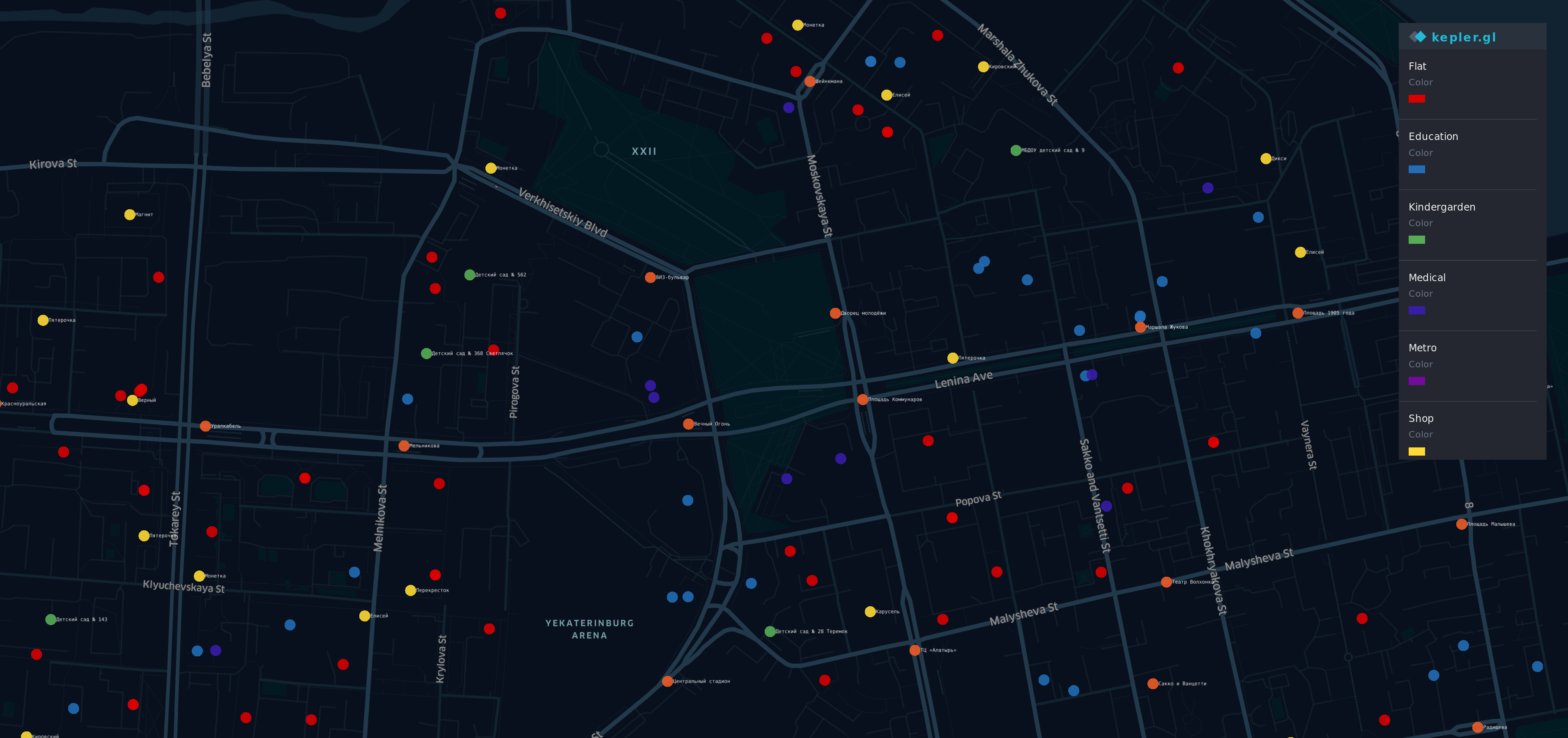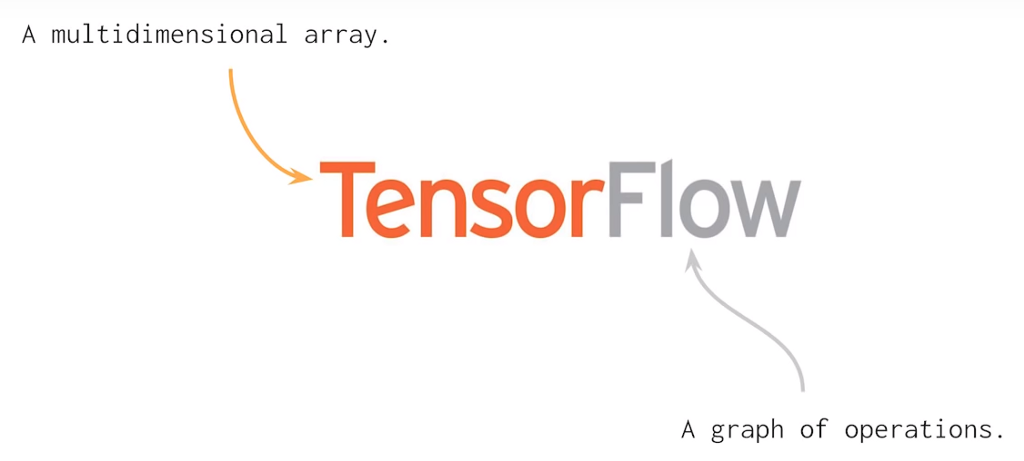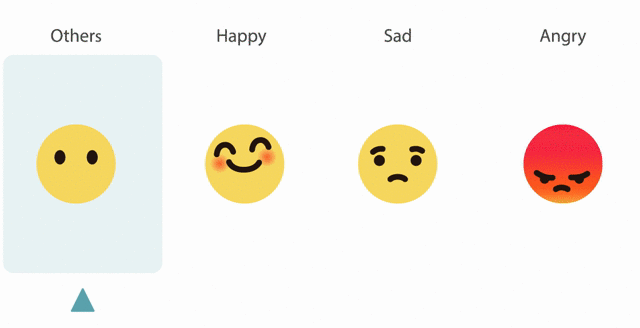
You’re utterly focused. You’ve lost track of time. Nothing else in the world exists. You’re living in the moment.
While this might sound like meditation, it’s a description that can also be applied to the state of flow – the feeling of being so engaged by your work, that you lose yourself to it completely, while massively increasing your productivity in the process.
It’s the holy grail that we all strive for, whether it’s a hobby we’re passionate about, or a project at work. Achieving our best and utilising our maximum potential at all times, can however, be a struggle.
We had the pleasure of talking with
Dr. Jack Lewis, a neuroscientist with a passion for exploring how our minds work, to see what motivates us to do our best work, and the important roles that workplace environments, culture, and technology can play.















